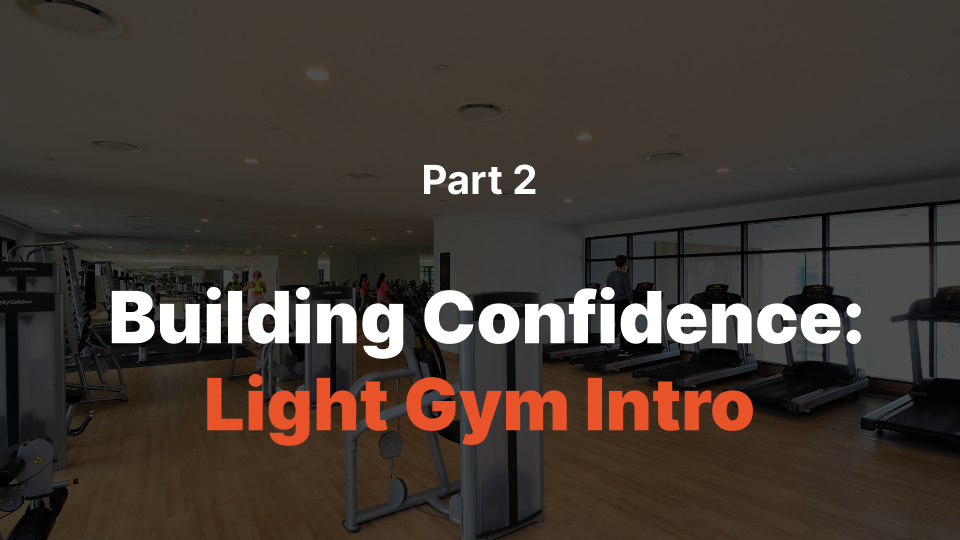Introduction
Exercise "Step Up" is a lower body strength and cardiovascular movement that involves stepping onto a raised platform or bench and then returning to the starting position, repeating this action with the other leg. It primarily strengthens the glutes, quadriceps, and hamstrings while also improving balance and coordination. This exercise is effective for building lower body power and stamina, making it ideal for individuals aiming to improve their athletic performance or achieve toned legs.
Muscles Worked
- Primary: Gluteus Maximus, Quadriceps (Quads), Hamstrings, Calves (Gastrocnemius and Soleus)
- Secondary: Erector Spinae, Abdominal Muscles, Tensor Fascia Lata, Iliotibial Band, Adductors, Soleus
How to Do It (Step-by-Step)
- Stand upright with feet shoulder-width apart and arms relaxed by your sides.
- Lift one knee towards your chest while keeping the other foot planted firmly on the ground.
- Ensure that you maintain balance by engaging your core muscles throughout the movement. Swing your arms in opposition to your raised knee for added momentum.
Tip: Engage your core and keep a slow, controlled tempo during each repetition to avoid losing balance or strain.
Rep & Rest Guidelines
- Strength: 4–6 reps, 2–3 min rest
- Hypertrophy: 8–12 reps, 60–90 sec rest
- Endurance: 12–20 reps, 30–60 sec rest
For effective auto progression in your workouts, check out Auto Progression. Never miss a PR again!
Utilize the built-in Rest Timer to ensure optimal rest intervals during your workouts. Stay consistent and reach new heights!
Form Tips
- Maintain a consistent and logical order in the form fields.
- Use clear and concise labeling for each field to avoid confusion.
- Ensure adequate space between form fields for easy readability and user interaction.
When to Use It
- Improving Lower Body Strength and Agility: Step up exercises target the glutes, quads, and calves, making them ideal for enhancing lower body strength and agility.
- Plyometric Training for Explosive Power: Step ups can be turned into a plyometric exercise by explosively pushing off the top step to increase vertical power and improve reactive ability.
- Balance and Stability Improvement: Single-leg step ups require constant balance adjustments, making them an effective exercise for improving overall stability and reducing the risk of falls or injuries.
Workout History can help you track and optimize your progress over time.
Step up is a resistance exercise that targets the quadriceps and improves lower body strength.
Stand in front of a step or bench, place one foot on it, push through your heel to lift your body until both feet are on the step, then slowly lower back down.
The primary muscles targeted during step ups are quadriceps, glutes, and hamstrings.
Aim for 3-4 sets of 8-12 repetitions per leg for optimal results.
All you need is a sturdy bench or step and some weights if desired for added resistance.

